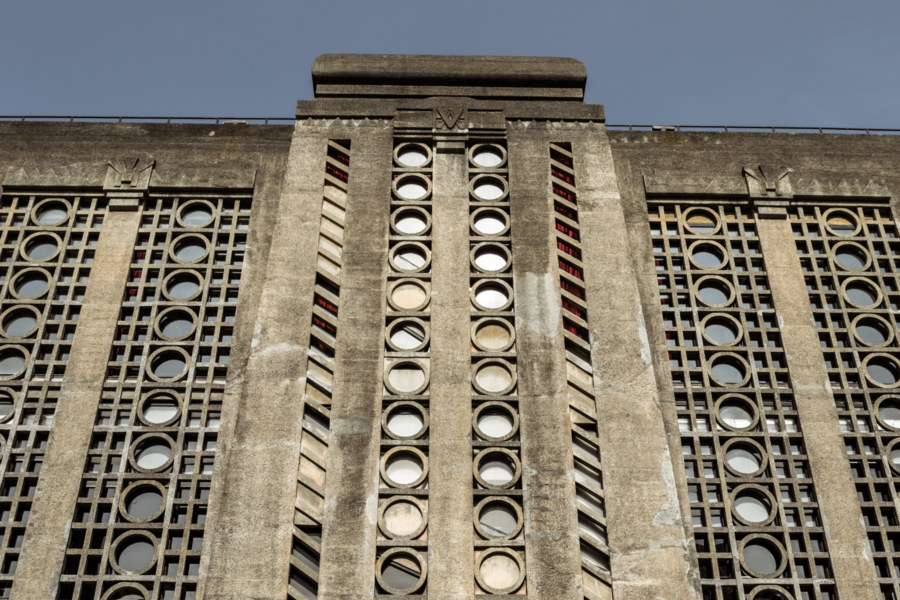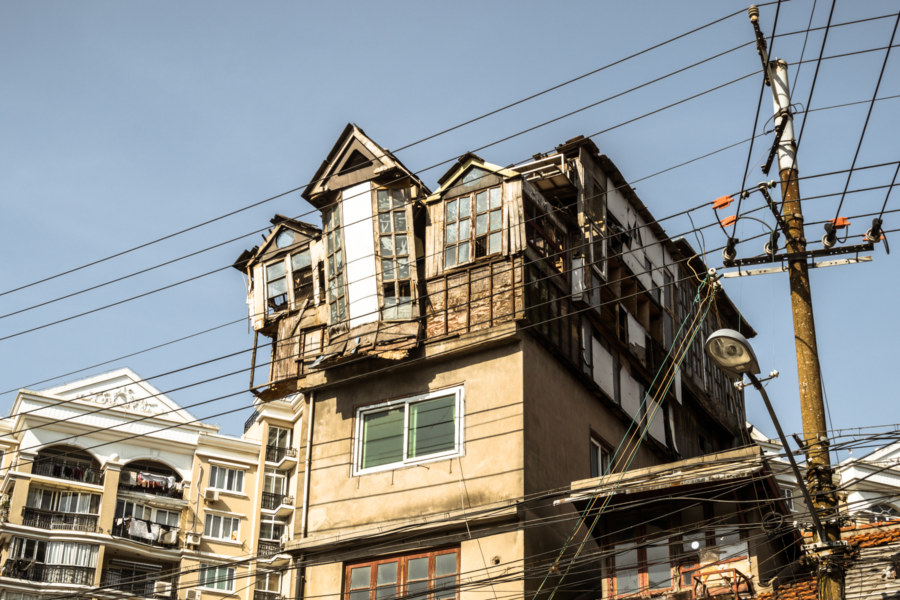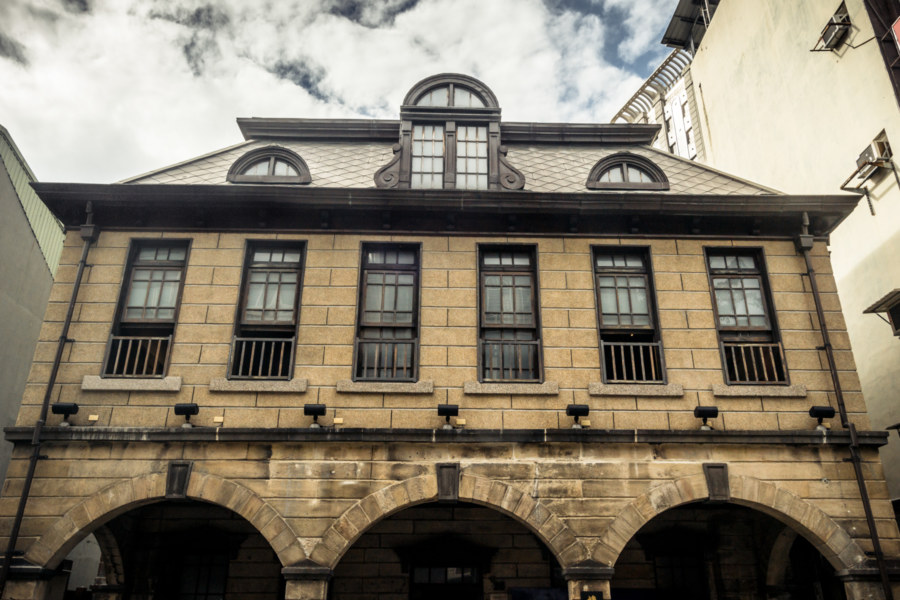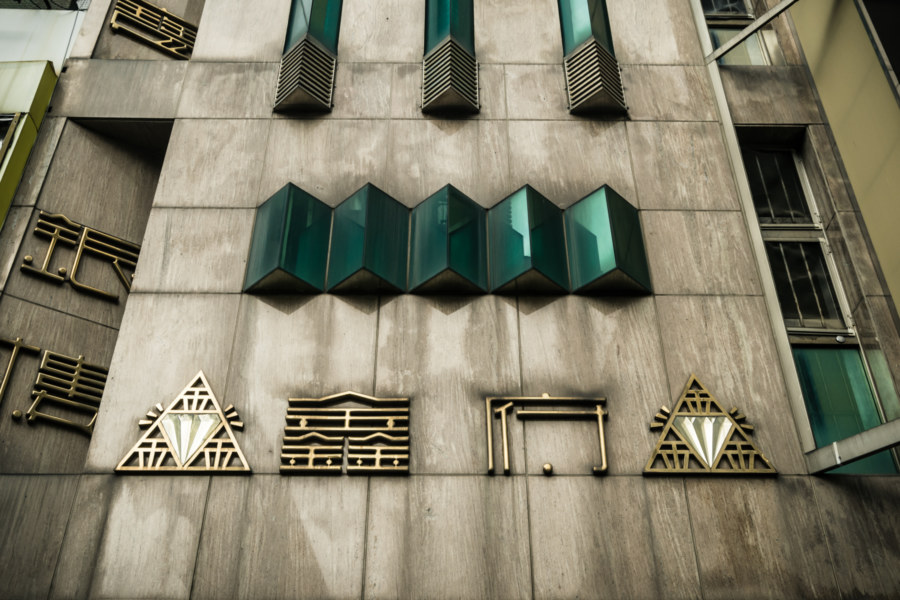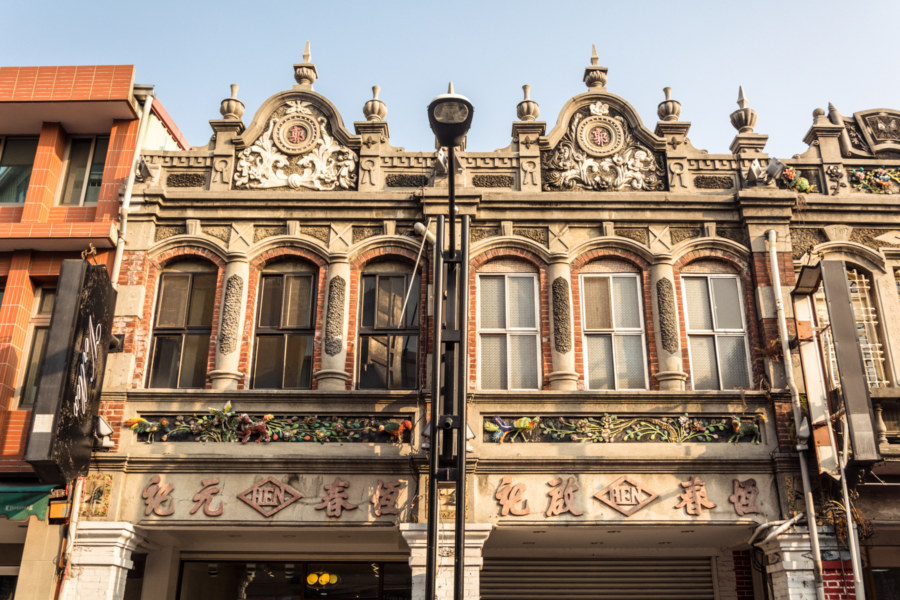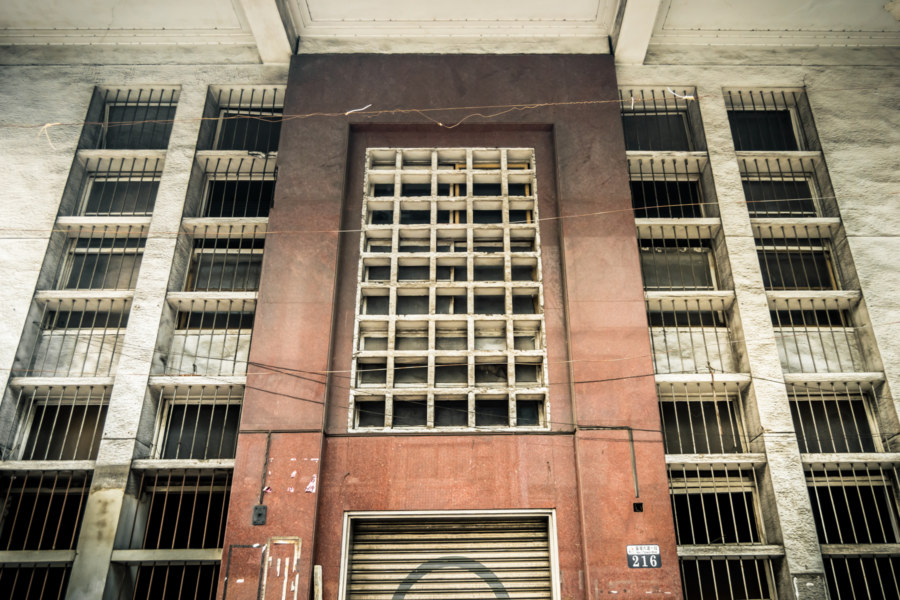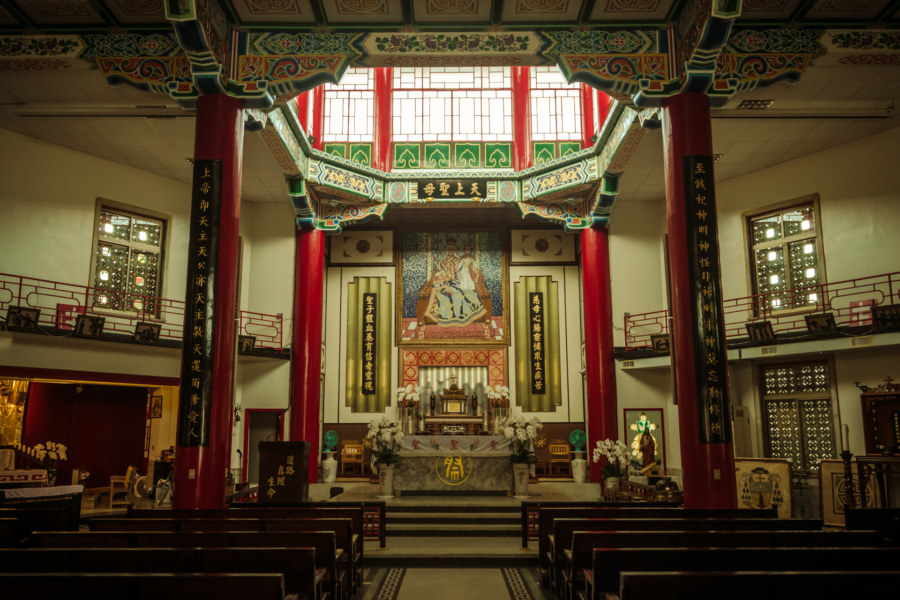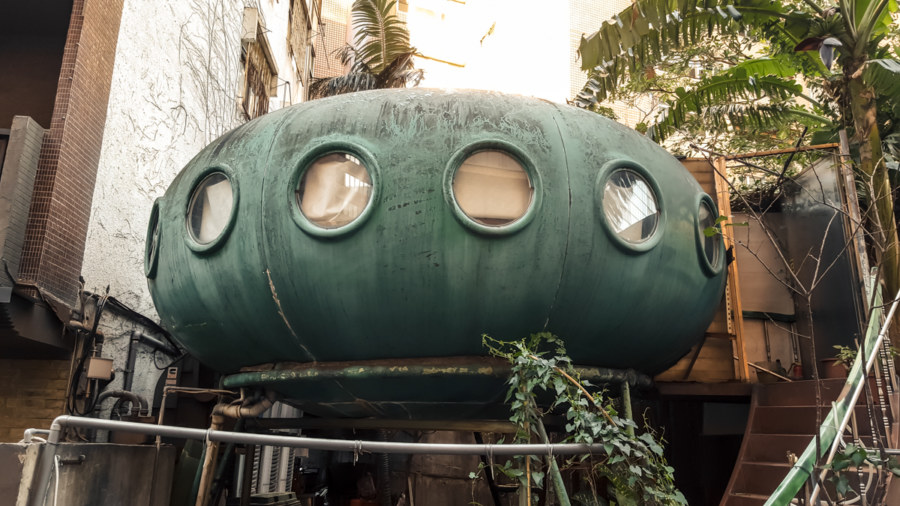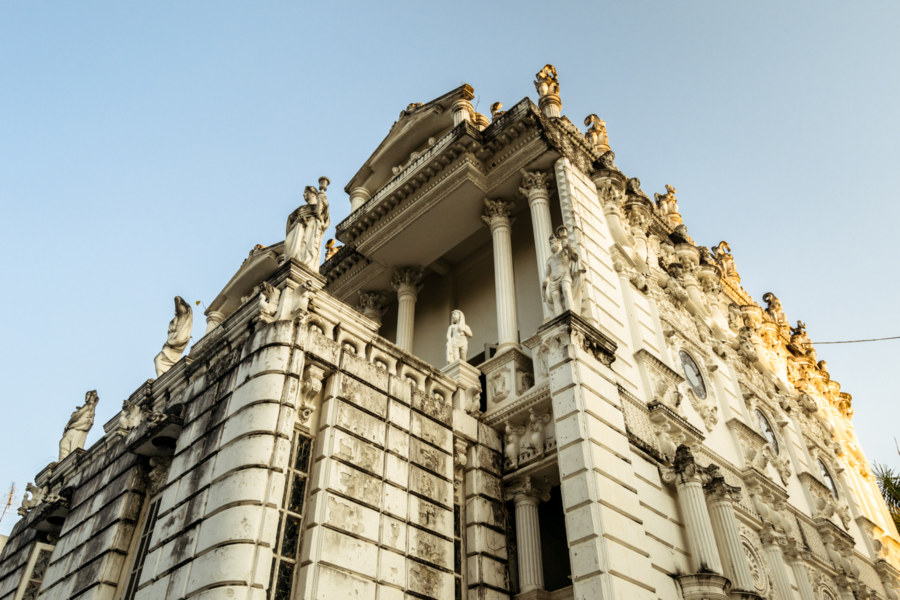Gathered here are several photographs from a brief walk around 1933 Shanghai (上海1933老场坊), an unusual slaughterhouse in Hongkou, part of the former Shanghai International Settlement. Designed by a British architect in an arguably Art Deco style and built with imported cement in 1933, it was recently renovated and transformed into a hub for the creative industries. Seeing as how this is Shanghai, several high-quality English language articles have already been published about it, so I will hereby refer you to Atlas Obscura, Shanghai Art Deco, Mas Context, Randomwire, and La Casa Park for more information and informed analysis.
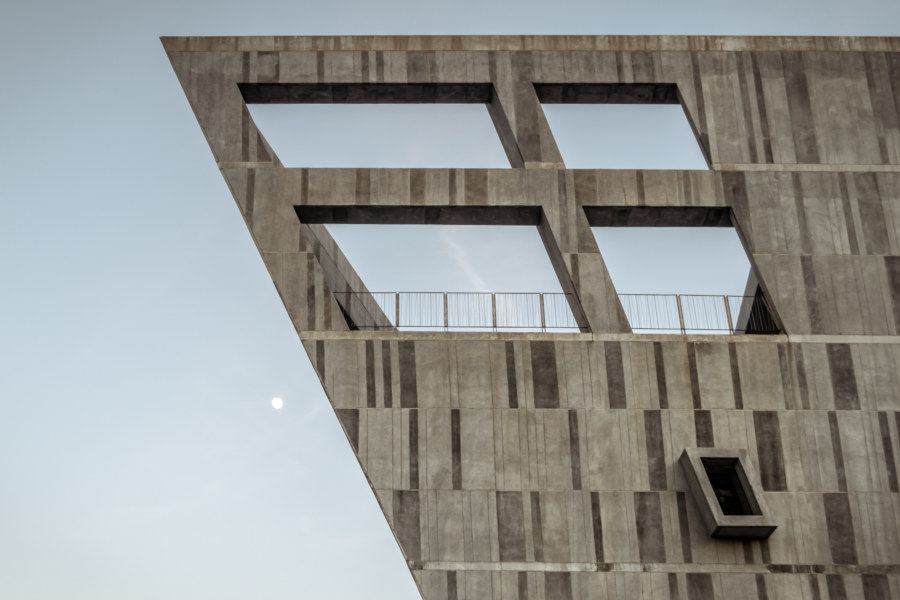
This section features anything to do with architecture, particularly in urban spaces. See also: buildings and urbex.
Subterms
Where Shanghai Disappears
Yesterday I was on my way to check out 1933 Shanghai 上海1933老场坊, a restored Art Deco slaughterhouse in Hongkou, when I stumbled upon a compact neighbourhood in the process of being torn down, part of an ongoing process of urban renewal in Shanghai. Every year more of these old areas are torn down, their residents forcibly evicted, new high-rises and shopping malls going up in their place. My time in Shanghai is too short to allow for any measure of expertise to grow—so all I have to share here are a few photos and some comments from a quick walk around (and through) the block.
An Architectural Tour of Central Manila
During my weeklong trip to Manila late last year I ventured into Binondo and Quiapo to check out some of the famous old Art Deco buildings in the area. Along the way I also visited Paco Railway Station (entirely by accident) and the Manila Metropolitan Theater. Presented here are an assortment of other pre-war buildings from the early 20th century, annotated with links to more information.
Futai Street Mansion 撫臺街洋樓
In front of the historic Futai Street Mansion in central Taipei.
Futai Street Mansion 撫臺街洋樓 is a Japanese colonial era commercial building dating back to 1910. Located immediately to the south of Běimén 北門, recently the site of a major urban renewal project, it has been witness to more than a century of history here in the administrative heart of Taiwan. For more information I recommend reading this great article in Taiwan Today, this Taipei Times feature, and this post by Aris Teon. The mansion also has an official Facebook page if you’re interested in whatever events they might be hosting.…
A Gem of a Storefront
A classy storefront in Hsinchu not far from the train station.
This storefront immediately caught my eye when I arrived in Hsinchu a few hours ago. Both the facade and the lettering are unusually classy, showing a vintage style of design not commonly seen here in Taiwan. This is a jewelry shop, as the clever use of characters would suggest, and its formal name is Xīnfǔ Zhūbǎo 鑫府珠寶. The first character, xīn 鑫, is known as a sāndiézì 三叠字, or triplet character, and is composed of three instances of jīn 金, which means gold. Whoever designed the lettering obviously had some fun integrating a sparkling jewel into the two characters on either side of the shop’s name!…
Taiping Old Street 太平老街
Taiping Old Street (太平老街) is an unusually long stretch of Japanese colonial era shophouses in central Douliu, the administrative seat of Yunlin, Taiwan. Located not far from the train station, this old street is remarkable for its length (600 meters long), consistent architectural style (almost entirely local variations on Baroque Revival), and relatively good state of preservation. Despite this, it is not a huge attraction, which is just as well if you’re not a big fan of mass tourism in Taiwan.
Taichung First Credit Union 台中第一信用合作社
Taichung First Credit Union 台中第一信用合作社 is a post-war bank located in Central Taichung. According to this blog it was abandoned in 2001. Last week I went to go take a quick look while surveying the many historic buildings in the area. There were construction workers setting up in front and there were no other points of entry so I did not gain access. Even so, from a quick look inside the place appears to have been cleared out—and they might even be preparing to renovate the building for one reason or another.
Our Lady Queen of China Cathedral 中華聖母主教座堂
Back when I was living in Tainan I made an effort to check out many of the temples I encounter in my daily travels around town. One day after breakfast, while riding along Kāishān Road (開山路), I stopped to check out what looked to be yet another temple across the street from the Koxinga Shrine (延平郡王祠). I was surprised to learn that despite the palatial Chinese architecture and seemingly traditional style of design this is a Catholic church, officially Our Lady Queen of China Cathedral (中華聖母主教座堂). Built in 1963, it is the top-ranking church in the Roman Catholic Diocese of Tainan (天主教台南教區). The name is derived from Our Lady of China (中華聖母), an apparition of Mary that took place during the Boxer Rebellion (義和團運動) in China in 1900.
Da’an UFO House 大安飛碟屋
Taiwan has an unusual fixation on UFO houses. Browse around the web and you’ll invariably encounter references to the famous UFO resort in Sanzhi, demolished long ago in 2009. Keep digging and you might read about a second UFO resort in Wanli, still extant and the subject of a future post. But there’s more—and you don’t even have to leave Taipei city limits to find another example of this peculiar architectural fetish.
White Lion House, Chiang Mai
Last year I shared my exploration of the House of Success, an extravagant palatial ruin in the northwest corner of Chiang Mai immediately inside the old city walls. In that post I noted that there were two additional buildings of a similar style at the same site, one an active business and the other occupied by squatters. Returning this year for a second visit I was surprised to see that the squatters had left. Wasting no time, I strode into the Jangmuarinnakorn House, more generally known as the White Lion House, to document a previously missing piece of the puzzle.
